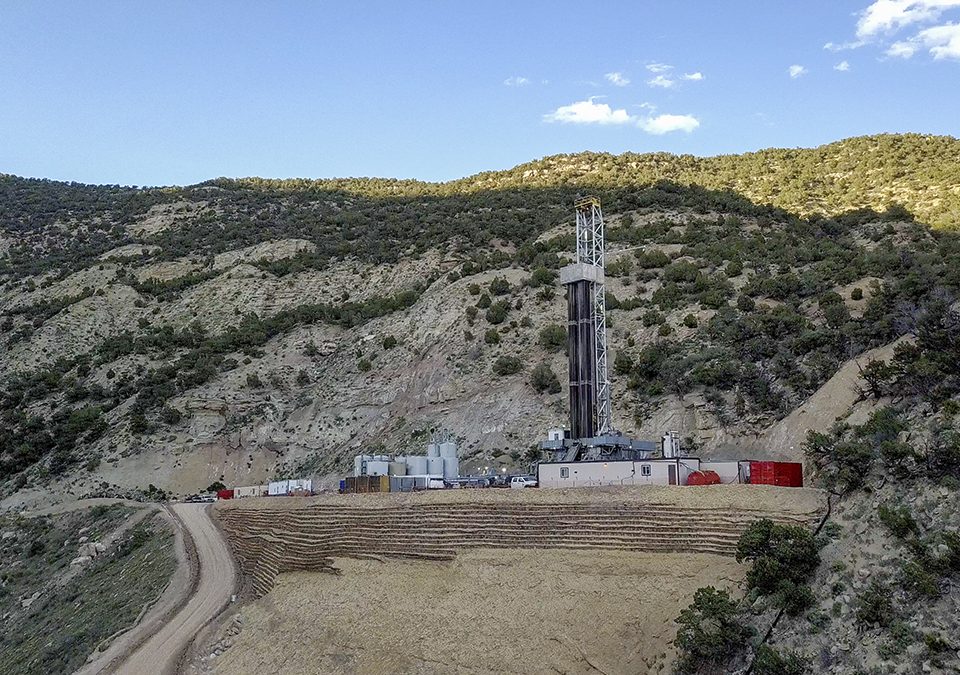A Rising Tide of Questions About Deregulation
Springtime in D.C. - Cold, Sunny, Chance of Hearings and Orders
April 20, 2018Community Solar for All
April 25, 2018As a long-time and loyal UGA fan, I don’t usually make tide references. But the image occurred to me after reading up on some state developments concerning deregulated electricity markets. State leaders and citizens are increasingly asking questions about whether or not deregulation is all it’s cracked up to be, and most importantly, how it affects consumers.
The boldest statements have come in the Commonwealth of Massachusetts, where last month, Attorney General Maura Healey released a report condemning the state’s competitive retail electricity market. While the report was influenced by a $5 million settlement against one company charged with deceptive marketing practices, she went so far as to call for shutting down the entire market and associated industry. Essentially, AG Healey called for re-regulation.
Massachusetts deregulated its residential electricity market in 1997; currently, half a million residents receive electricity from a competitive supplier. The state’s public utility regulator was allowed to license these suppliers, but no longer had oversight of them, especially for rates and prices.
In a press event and statement tied to the report’s release, she said that “the competitive market has not and will not provide savings to the residential customers in Massachusetts.” She also said that “… hundreds of thousands of residents aren’t paying less on their electric bills, they’re paying more.” The report estimates that just over a two-year period, consumers signed up with competitive suppliers paid $176.8 million more than they would have with the traditional, incumbent utility. AG Healey also perceived that the suppliers focused marketing tactics on lower-income households.
In Nevada, energy markets and the role of renewable energy have been hotly debated for years now. “Question 3” (also known as the Energy Choice Initiative) on the November 2018 ballot asks voters to decide whether to amend the state’s Constitution and begin a process of allowing retail electricity competition. If Question 3 is approved, the legislature, the Nevada PUC, and (one might reasonably project) the courts will begin the very complicated and lengthy task of determining how to bring about a sweeping change while protecting consumers.
Nevada’s Public Utility Commission, seemingly aware of the daunting task it might have to undertake, and with the benefit of studying the mixed deregulation results for other states, released a draft report last week flagging many critical questions about Question 3. It’s hard to improve on the clear writing style in the report’s foreword and key findings, so here are a few direct quotes:
- Nevadans currently enjoy some of the lowest average electricity rates in the country, and Nevada is a leader in solar and renewable energy development, as well as job and business growth.
- [Question 3] is likely to increase the average monthly electric bills of Nevadans, at least in the short term, i.e., the first 10 years. These cost increases will potentially diminish over the years as Nevada’s new open-market paradigm becomes established, Nevada’s economy and population grows, and the transition costs are paid off.
- Large commercial customers will likely see more immediate benefits …
- Ambiguous language … makes it difficult to discern [Question 3’s] full legal meaning and scope.
Both Massachusetts and Nevada are asking the right questions, undaunted by deregulation rhetoric about the primacy of personal choice. The growing tide of recognition that some essential services, such as electricity for homes, require regulation and long-term planning, will eventually raise the economic boats of millions of citizens – without making them depend on trickle-down savings from the large renewable energy companies and industrial customers who are often seen steering the deregulation ship.


